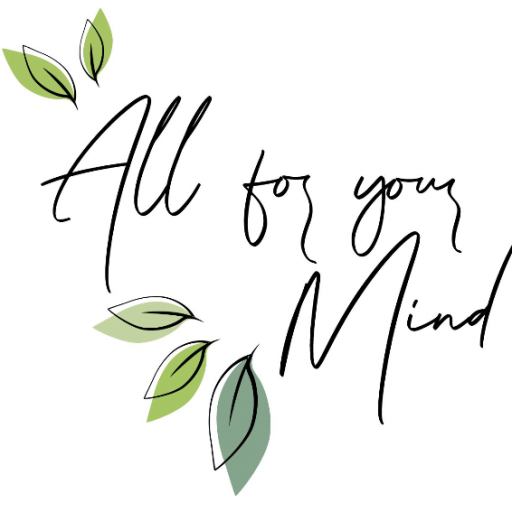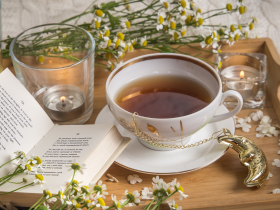Bipolar disorder is often misunderstood by people who do not have it or know anyone with the illness. Most don’t know what the different varieties of bipolar are. In fact, some common misconceptions about bipolar disorder include:
- Bipolar disorder makes a person completely unpredictable and out of control
- People with bipolar disorder are crazy; They’re just “manic depressive”
- It’s all in their head and they can snap out of it
- Drugs and alcohol cause bipolar disorder.
In fact, the truth is that people with bipolar disorder are not at all out of control or crazy. Most do their best to function normally in society while dealing with this illness on a daily basis. Granted, it can be quite difficult at times. To help raise awareness we want to explain what the different varieties of bipolar are and how they affect people.
Types of bipolar disorder
Manic depression
In reality, there are many different varieties of bipolar disorder. The most common one — called type I or manic depression — is actually a treatable medical condition. Treatment can help people with bipolar disorder lead normal, productive lives while reducing the frequency of their mood swings. The right treatments can also reduce or eliminate the debilitating symptoms that often accompany this illness.
Bipolar disorder is also known as manic depression or bipolar affective disorder. It’s a mood disorder that causes extreme shifts in energy, activity levels and behaviour. In other words, it affects your ability to function normally in society. Though bipolar disorder can be challenging to deal with, people with this illness do not have control over when their moods change. In fact, the word “bipolar” simply refers to the cycling between elevated and low moods.
Rapid cycling
There is also a less common variety of bipolar disorder called rapid cycling, where the mood cycles speed up and depression hits harder. In addition, various sub-categories exist under each type of the main categories mentioned above. For example, with bipolar I people can have “rapid cycles.” With bipolar II people might have “mixed episodes” or “hypomanic episodes.”
In mixed episodes, people go from depression to mania quickly. This happens often in people who have rapid cycling. Research shows that most people with bipolar II disorder are also rapid cyclers. 55% of them switch between the two poles in less than a week.
Ultra-rapid cycling
Another common trait is “ultrarapid” cycling (four or more episodes per year). Some people who have a family history of bipolar disorder and use antidepressants or stimulants are more likely to have ultra-rapid cycling. People with this illness are also more likely to be under 20 when they first had it, and to have had many depressive episodes.
Some people have bipolar disorder and it has different types. This condition is not the same for everyone. Some people do not have full-blown mania, but instead, they are stuck in a constant state of hypomania.
Triggers for different varieties of Bipolar disorder

Traumatic events or life stressors also trigger bipolar. For example, some people will have bipolar II when they are exposed to stressors in the future if their first episode was precipitated by stress.
Environmental factors likely play a role in this illness. Most people have their first episode around 16-20 years old and then they may have more episodes throughout their lives. These episodes often develop quickly, sometimes within hours or days of exposure to a new stimulus.
The fact that bipolar disorder is triggered by various factors yet keeps recurring in the same person, challenges the widespread assumption that people with this illness can simply “snap out of it.” It also helps explain why so many people suffer from co-existing psychological problems like anxiety disorders.
Bipolar causes
The cause of bipolar disorder — or any psychiatric illness — is unclear, but research suggests that multiple systems in the brain could have a link to bipolar. There is also evidence that various genes, as well as environmental factors (including excessive stress), play a role in triggering bipolar disorder.
Some people with bipolar disorder get worse when they drink alcohol or do drugs. It can even trigger the mania symptom. The drugs most likely to cause mania are cocaine, ecstasy (MDMA), amphetamines and Adderall.
Different varieties of Bipolar disorder explained
DSM-IV recognizes three types of bipolar disorder: Bipolar I Disorder, Bipolar II Disorder, and Cyclothymic Disorder.
Bipolar I Disorder
This is when one or more manic episodes (or mixed episodes) occur along with one or more major depressive episodes, whereas the other two types only involve a single type of episode. Bipolar disorder is different from other disorders, like substance abuse. There are episodes of both mania and depression.
Bipolar II Disorder
This is when one or more major depressive episodes occur accompanied by at least one hypomanic episode. Unlike Bipolar I disorder, where the symptoms come on quickly, bipolar II disorder progresses slowly.
Cyclothymic Disorder
It is hard to see sometimes when you are happy and when you are sad. That’s what it feels like with Cyclo-Thymic Disorder. You might have some happy periods but they do not last long enough to count as a full-blown episode. This results in ongoing symptoms that can impair functioning although not as much as manic or major depressive or depressive episodes.
Depression and Bipolar

In DSM-III, depression is a disorder with one episode of major depression. It can be either without hypomania or mania or only with transient periods.
Mental disorders such as manic and depressive symptoms may not be caused by another medical disorder or substance use. People who have relatives with these disorders are more likely to get them. It is not clear if all people with familial risk develop it themselves, but some do.
Ways to manage bipolar
While there is no cure for bipolar disorders, treatments can include psychotherapy (especially cognitive-behavioural therapy) and medications such as mood stabilizers and antidepressants. Some patients experience very long periods of wellness between episodes, sometimes even into old age.
For more treatments for bipolar and ways to manage it, check out this article.



















4 Comments